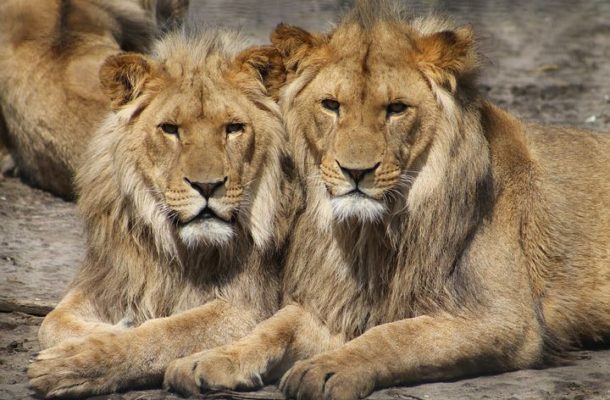Who are you in the zoo?

Hyenas make great project managers. A lion should head up your sales team, but never the HR department. That job is best left to an owl.
Or so according to The Organizational Zoo, a system of understanding human interactions which uses animals to represent different behavioural styles, devised by lecturer and knowledge expert Arthur Shelley.
The concept is designed to improve group dynamics and outcomes.
“It doesn’t matter how good a project is, success always leads back to the dynamics of the people that involved,” Shelley says.
“Because we are talking about animals – so individual behaviours and not people as a whole – it’s easy. It’s very deliberately a combination of metaphor, cartoon and simplicity, using 10 or so words to describe what the animal is, and what it isn’t. People get it instantly,” Shelley says.
 There are 26 animals in Shelley’s zoo and he says all of them have a place in an organisation.
There are 26 animals in Shelley’s zoo and he says all of them have a place in an organisation.
“What defines the culture is what animals you’ve got, where they are in the hierarchy, and how they interact with each other.”
“So if you have an organisation that’s got a large number of lions, they compete with each other, they’re territorial and they’re aggressive. So you end up with this highly aggressive environment, and that fosters aggression coming up the ranks,” Shelley says.
Shelley says getting the jungle balance right will determine how productive your team is.
“I want a lion in charge of my sales force, but I want them focusing their attention on the competition. I want my HR manager to be more owl and eagle, with the wisdom and knowledge, and mentoring behaviours.”
“But at my top level, I don’t want anyone who is just one animal,” he says.
So who are you in the zoo?
Have your team identify how they tend to act, and how their colleagues behave as well.
“Using the metaphor for an animal is a good way to get people talking about behaviour. If we understand each other, we know how to leverage behavioural difference rather than complain about our differences,” he says.
 The task then moves to growing and developing other behaviours – or morphing into new animals.
The task then moves to growing and developing other behaviours – or morphing into new animals.
“Ask what other animals could you use, to help you perform better? People don’t like to choose anything that is a bit politically incorrect, so the poor old lion and the vulture get left out. But if you’ve got no aggression and no ability to pick on things that aren’t going so well, you don’t prioritise very well,” Shelley says.
Shelley using the animal ‘masks’ can stimulate a dramatic change in the way discussions unfold.
“If I’m doing a risk assessment session, I’ll say we really want to be lions and vultures and rattlesnakes about this. Because if we don’t bring out all the worst things that can happen, and have the conversation now, we’re going to find out too late and we’ll fail. I don’t want anyone to say, I thought of that but I didn’t want to say anything because it would be bad.”
“If you use the language and the metaphor, it’s amazing how constructive and rich the dialogue becomes. It changes your decision-making process. It makes your decision-making more robust, and gets you decisions earlier, ” he says.
Find out which animals you are with The Organizational Zoo interactive website




